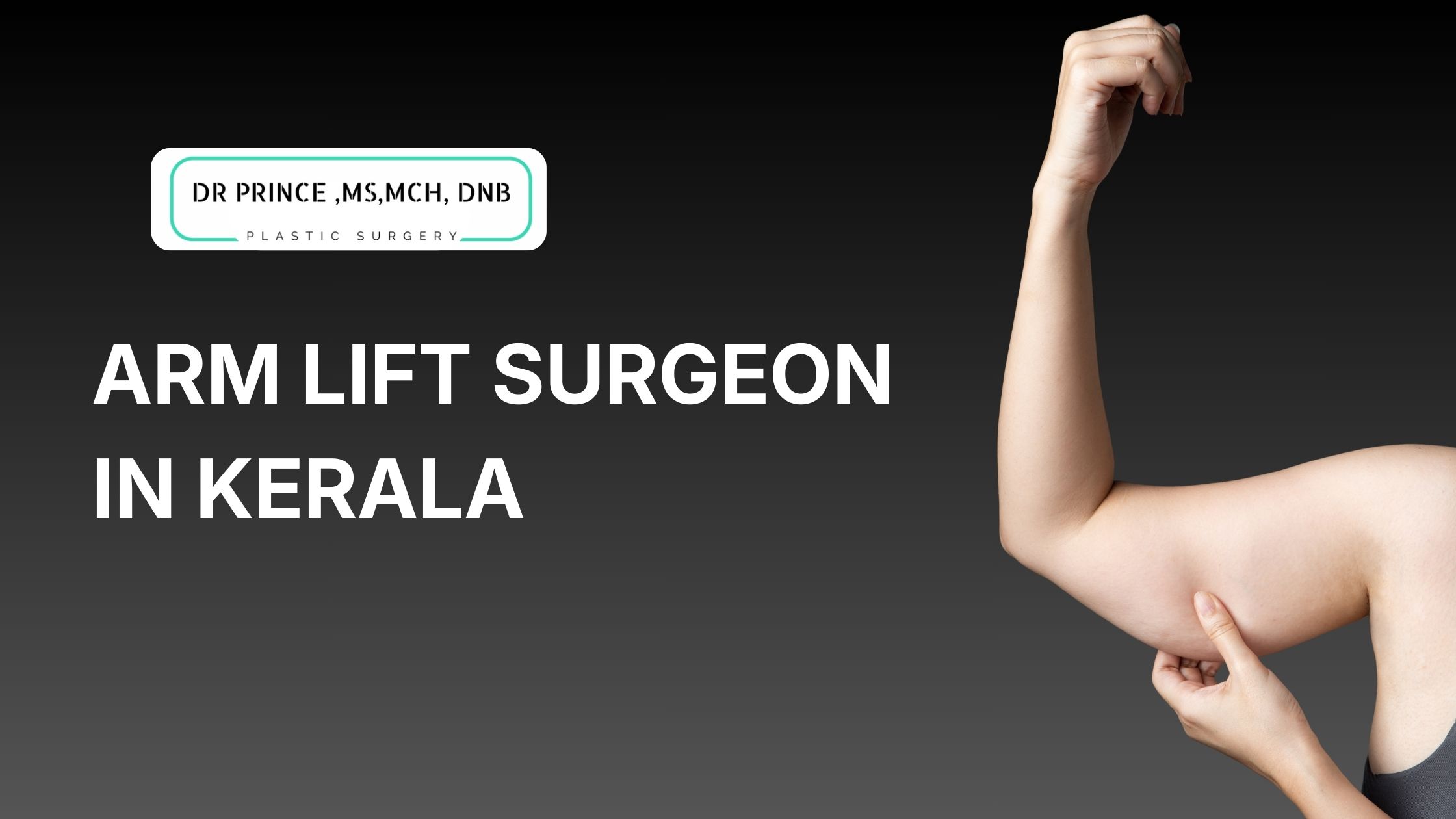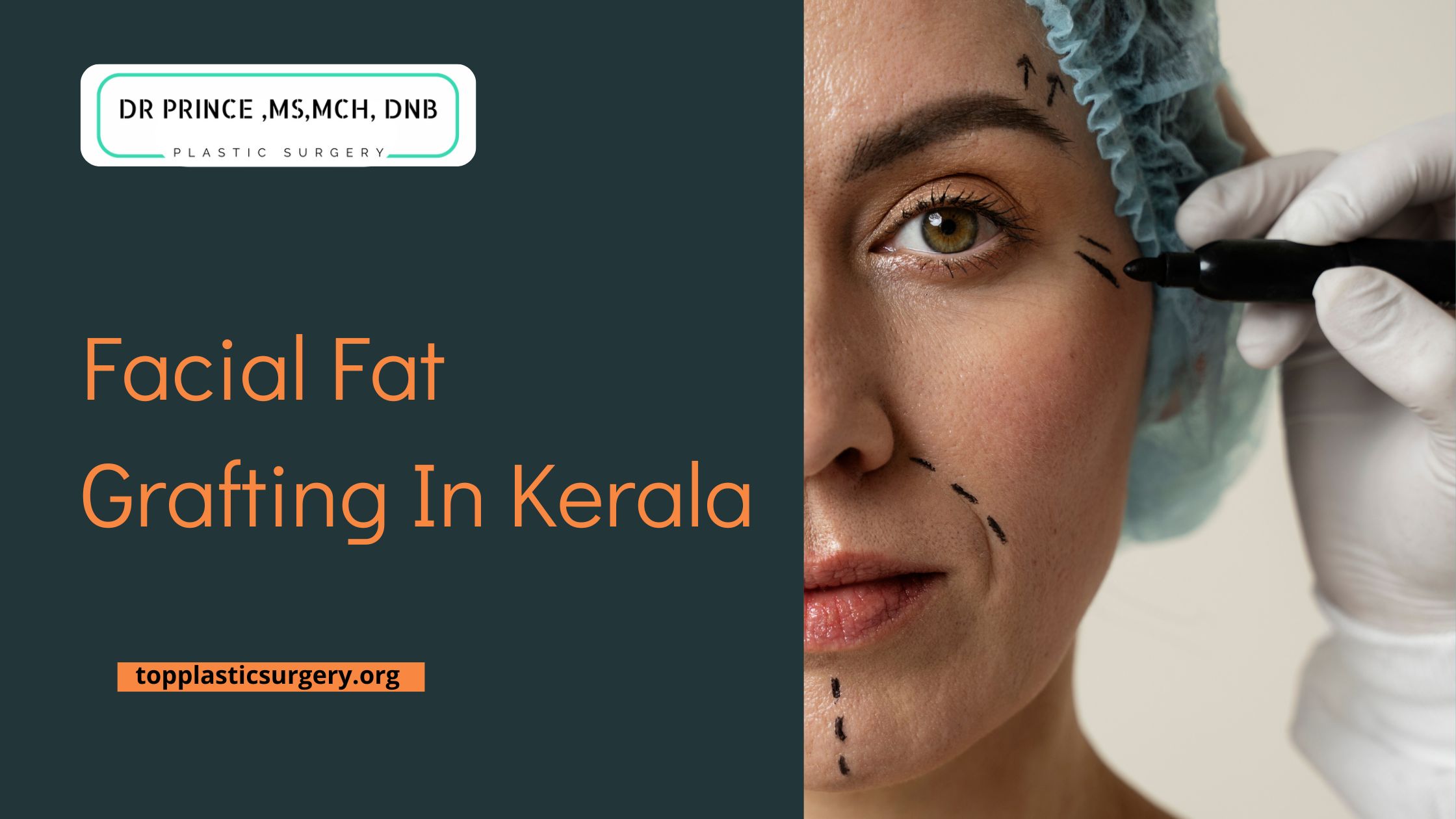Overview
What is Gynecomastia Surgery?
Gynecomastia surgery, also known as male breast reduction surgery, is a transformative procedure aimed at reducing breast size in men. This surgery not only enhances physical appearance but also addresses the emotional discomfort associated with overdeveloped or enlarged breasts.
Why do People Get Gynecomastia Surgery?
Individuals opt for gynecomastia surgery due to various factors such as hormonal changes, heredity, obesity, or the use of certain drugs. Beyond physical concerns, the procedure aims to alleviate emotional discomfort and restore self-confidence.
How Common is Gynecomastia Surgery?
Male breast reduction surgery has become increasingly common as societal awareness grows and stigmas diminish. More men are seeking this procedure to achieve a more masculine chest contour and improve their overall quality of life.
Procedure Details
What Happens Before Gynecomastia Surgery?
- Consultation: A thorough discussion with the surgeon covering medical history, expectations, and a physical examination.
- Preoperative : Detailed instructions on preparations, including any necessary tests or adjustments to medications.
What Happens During Gynecomastia Surgery?
- Tissue Removal: The surgeon removes excess breast tissue and, if needed, contours the chest for a natural appearance.
- Areola Adjustment: In some cases, the position and size of the areola may be surgically improved.
- Postoperative Monitoring: Close observation for immediate recovery signs.
What Happens After Gynecomastia Surgery?
- Postoperative Care: Patients receive detailed instructions on managing discomfort, wearing compression garments, and caring for incisions.
- Follow-Up Appointments: Scheduled visits to monitor progress and address any concerns.
Risks / Benefits
What are the Advantages of Gynecomastia Surgery?
- Improved Chest Contours: Achieve a more masculine and well-defined chest appearance.
- Enhanced Self-Confidence: Alleviate emotional discomfort and boost overall self-esteem.
What are the Risks or Complications of Gynecomastia Surgery?
- Infection: A potential risk that is minimized with proper postoperative care.
- Changes in Sensation: Temporary changes in nipple or breast sensation may occur.
Recovery and Outlook
What is the Recovery Time after Getting Gynecomastia Surgery?
- Initial Recovery: Return to light activities within a week.
- Full Recovery: Resumption of strenuous activities may take a few weeks.
When to Call the Doctor
When Should I See My Healthcare Provider after Gynecomastia Surgery?
- Excessive Swelling: If swelling is beyond the expected level.
- Persistent Pain: Unusual and persistent pain.
- Signs of Infection: Redness, warmth, or discharge around the incision sites.
In conclusion, gynecomastia surgery is a life-changing procedure that goes beyond physical enhancements. It addresses both the aesthetic and emotional aspects, empowering individuals to embrace their newfound confidence and well-being. If you’re considering this surgery, consult with a qualified plastic surgeon for personalized guidance based on your unique needs.
Q&A on Gynecomastia Surgery: A Comprehensive Guide
Q: What is the primary goal of gynecomastia surgery?
A: Gynecomastia surgery aims to reduce breast size in men, enhancing chest contours and addressing emotional discomfort associated with overdeveloped breasts.
Q: Why do some men develop gynecomastia?
A: Gynecomastia can result from hormonal changes, heredity, obesity, or the use of certain drugs.
Q: How common is male breast reduction surgery?
A: Male breast reduction surgery has become increasingly common as more men seek to achieve a more masculine chest contour.
Q: What preparations are involved before gynecomastia surgery?
A: Preoperative preparations include a thorough consultation covering medical history, expectations, and any necessary tests.
Q: What happens during the surgery itself?
A: The surgeon removes excess breast tissue, contours the chest, and may adjust the position and size of the areola if needed.
Q: What is the typical recovery time after gynecomastia surgery?
A: Initial recovery allows a return to light activities within a week, with full recovery, including strenuous activities, taking a few weeks.
Q: What are the advantages of undergoing gynecomastia surgery?
A: Advantages include improved chest contours and enhanced self-confidence, alleviating emotional discomfort.
Q: Are there any risks or complications associated with the surgery?
A: While generally safe, risks may include infection, changes in nipple sensation, or other rare complications.
Q: When should one seek medical attention post-surgery?
A: Prompt attention is needed for excessive swelling, persistent pain, signs of infection, or any unusual symptoms.
Q: How crucial are follow-up appointments after gynecomastia surgery?
A: Follow-up appointments are essential to monitor progress, address concerns, and ensure a smooth recovery.
Gynecomastia surgery offers transformative benefits, but individual experiences may vary. It’s important to consult with a qualified plastic surgeon to discuss personal considerations and expectations.










